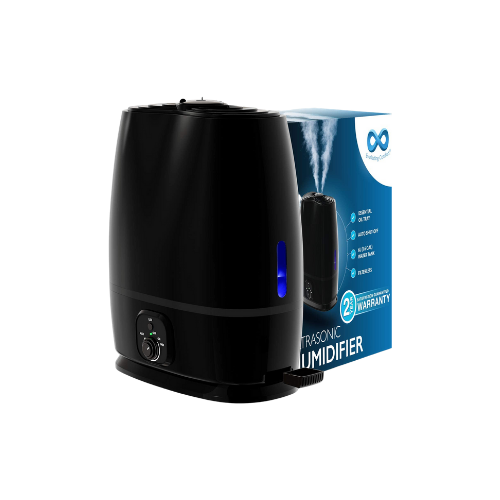How long does a humidifier last?
A humidifier is a great device that has been designed to add moisture to dry air. It not alone helps to maintain the ideal humidity level of the room or home, but it also helps to enhance the air quality. Just like any device, humidifiers operate effectively when they get the required maintenance. You will find humidifiers work with high energized performance with regular cleaning of the water tank and replacement of internal parts when required.
With poor maintenance and when you fail to regularly check the internal part function or forget to replace them, you will notice that your humidifier will not last even for a few years. Be it ultrasonic humidifiers, cool mist humidifiers, or warm mist humidifiers, you can protect and maintain the efficiency of the device.
In this article, we will discuss in detail how long does a humidifier last and how you can extend the lifespan of the device with regular cleaning and running checks on the parts frequently. Let us get started!
Humidifier Lifespan: How Long Do They Last?
The lifespan of cool mist humidifiers, warm mist humidifiers, and ultrasonic humidifiers can vary depending on the brand. Most humidifiers come with a one or two-year warranty for the regular models. Whole house humidifiers are heavy-duty devices that are expensive and can come with even a 10-year warranty.

The timeline of how long a humidifier can last can depend on various factors. The brand, product quality, features, and most importantly- maintenance and routine cleaning. This is crucial to keep the device and air quality free from bacteria and mold spores.
How long do humidifiers last before needing to be refilled?
The number of hours that a humidifier’s tank can add moisture to the air without being refilled will depend on the capacity of the reservoir and the unit. In order to help the device to humidity the area not just with effectiveness but also with the purity of the air you must empty the reservoir of stagnant water.
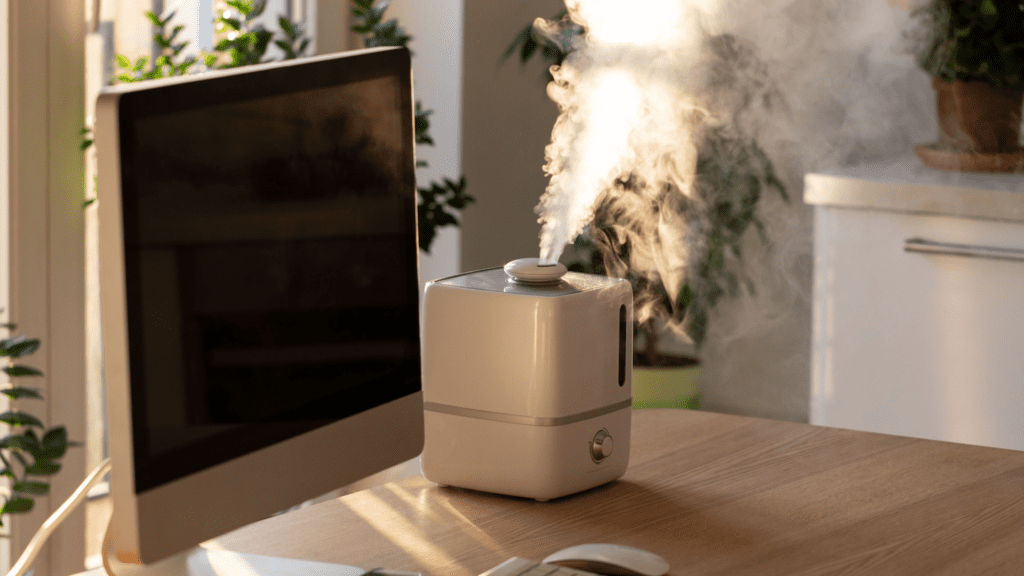
Irrespective of whether you use distilled water, hot water, cold water, or regular tap water- you must empty the stagnant water in the humidifier’s water tank even if you skip just a day. Any machine that functions using water and an air filter has a great chance of trapping bacteria and mold spores in them. Mineral content from hard water can clog the filter, and this build-up can even lead to health issues when inhaled. To humidify the room without causing any breathing problems, build-up of bacteria, white dust, and other allergens, you must refill the water as required.
Are there any simple tips to follow to increase the lifespan of a humidifier?
The lifespan of a machine will depend on how you maintain it. Even the best humidifiers; whether they are ultrasonic, cool mist, or warm mist humidifiers, might not last as long even for a few years if the maintenance is bad. Here we have a few tips that can extend the lifespan of the humidifier.
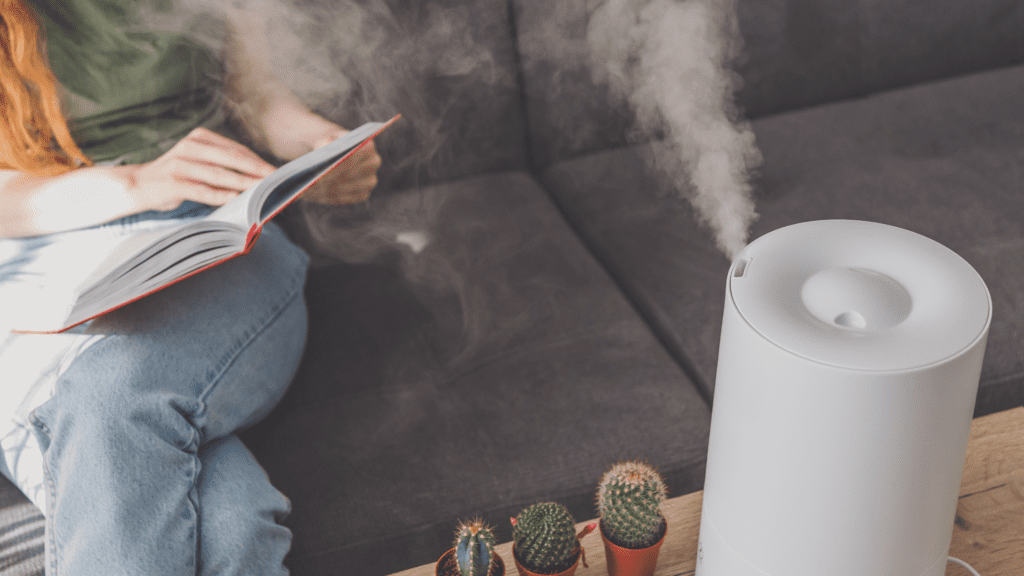
Routine cleaning
All humidifier types must have a routine cleaning. A machine that comes in contact with water for long periods will clog any filter with its impurities. Discarding stagnant water, and switching to using distilled water instead of regular tap water will keep away the mineral content in the water that can clog the filter.
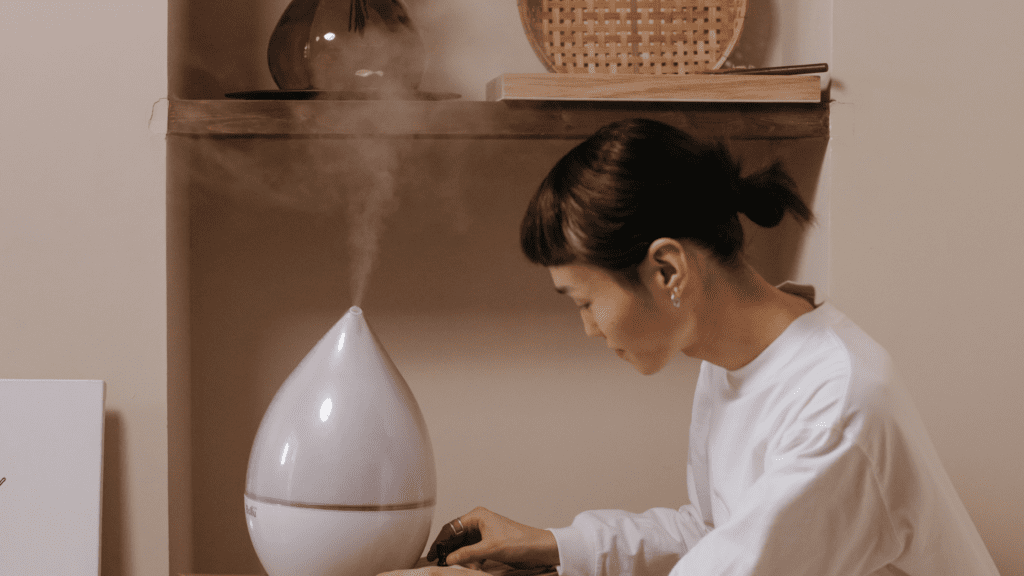
A simple soft-bristled brush with soapy water or hydrogen peroxide solution can clean the tank to remove bacterial, fungal, and mineral build-up. Whole house humidifiers may require even more consistent maintenance and professional cleaning occasionally.
Distilled water
Experts have strong opinions against the use of tap water for cool mist, warm mist, and ultrasonic units. Using distilled water in your device is the right choice to keep the air, room, other surfaces, air filter, and the device by itself in excellent working condition.
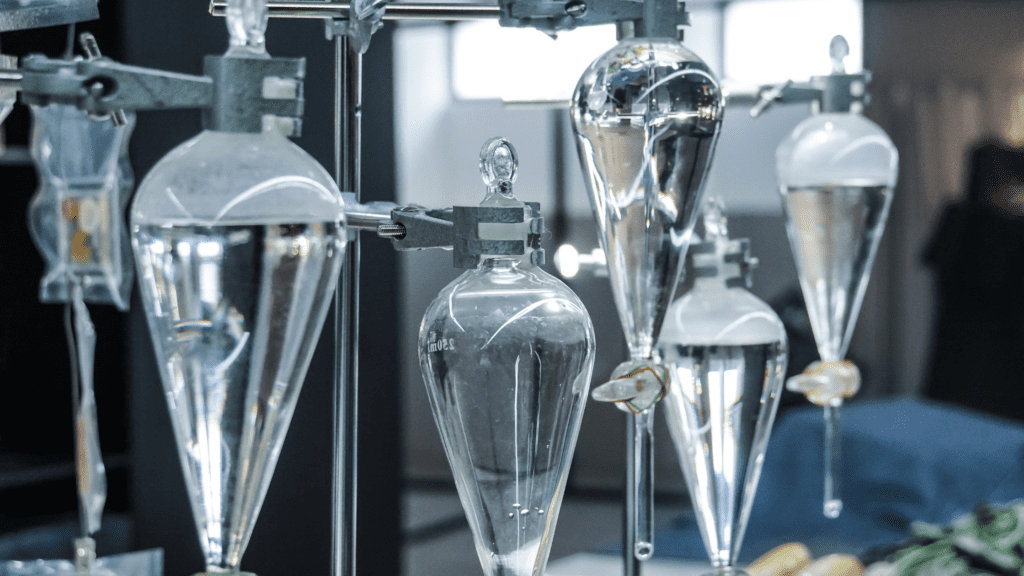
Tap water and hard water have a lot of mineral deposits in them. When these minerals enter the humidifier, they get broken down into white dust. Inhaling mineral deposits can lead to breathing problems. Most humidifiers have an air filter to trap allergens but the residue of minerals cannot be removed by them. Hot water, cold water, bottled water- none of these can compensate for the purity of distilled water that has been removed from all minerals.
Direct sunlight
Exposing the device to sunlight will contribute to the growth of bacteria in the water. Whether it is the cold winter season or the warm summer heating season, keep the humidifier away from direct sunlight. This is primarily because plastic materials can give way to cracks.
Storage
Depending on the weather, winter or summer, some people prefer to store the humidifiers away after the heating season. Make sure all the parts are completely free from moisture before you pack them away.
Keeping the unit in unfavorable areas for bacterial and fungal growth will kill bacteria.
Which type of humidifier is long-lasting?
The long-lasting and best type of humidifier is the ultrasonic humidifier. These make use of sound vibrations to convert water into mist. It does not have any burn risks and is energy efficient. Some models even have a separate tray in them to add essential oils to spread a pleasant scent across the room as they humidify.

What happens if you overuse a humidifier?
Overusing humidifiers will add excess moisture to the room. This will lead to mold build-up in different parts of the room and cause health problems.

Overusing can cause repairs frequently increasing the replacement expenses.
What happens if you overuse a humidifier?
Overusing humidifiers will add excess moisture to the room. This will lead to mold build-up in different parts of the room and cause health problems.
Overusing can cause repairs frequently increasing the replacement expenses.
5 Signs you should replace a humidifier:
There are certain signs that will clearly let you know it is time to replace the unit. Take help from a professional who can guide you if the entire humidifier needs a replacement or if it is enough to replace the damaged parts. Here are the top 5 signs that denote it is time for humidifier replacement.
Poor performance
If you notice that the humidifier is performing poorly despite repairs or is frequently running into multiple repairs, it is time to replace the humidifier system. Poor air quality, chapped lips, dry skin, and dry throat are a few symptoms of dry air around.
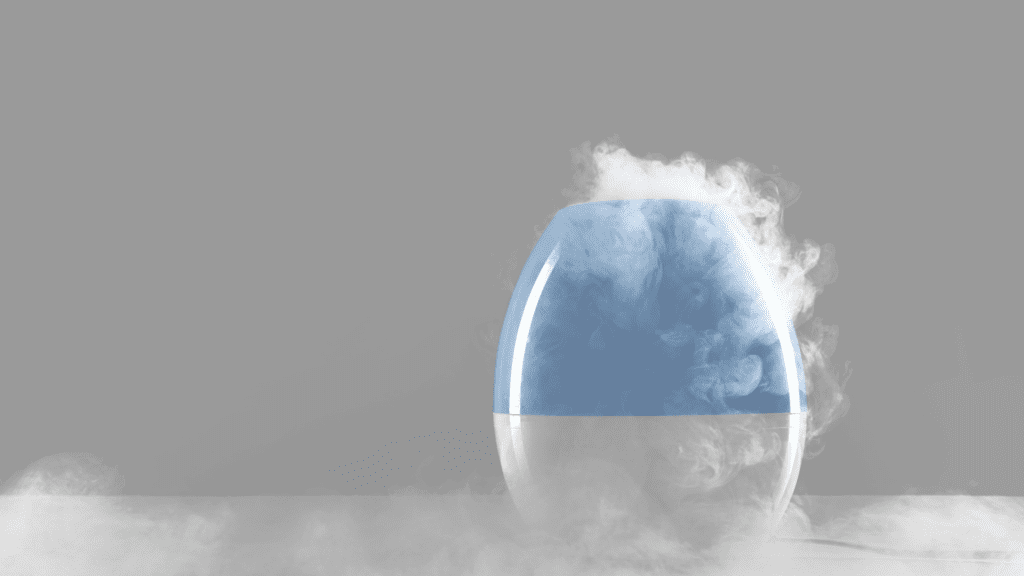
Cracks and leaks
If you notice leaks while running the unit, it indicates cracks or leaks in the base of the tank. Some tanks can be expensive to replace along with the cost of hiring professional help. It can be better to replace the humidifier if the expense can be minimized.
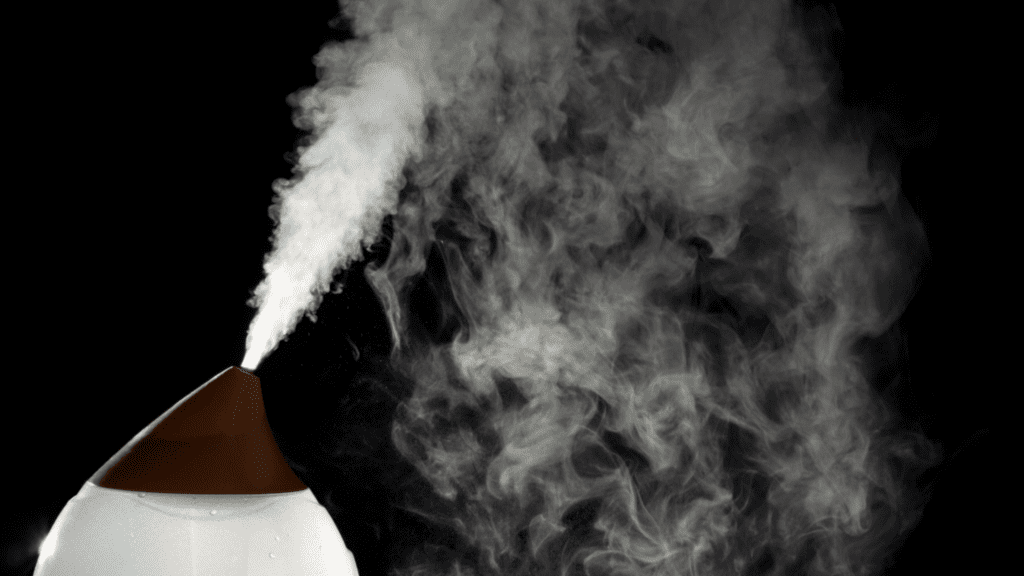
Reduced mist output
It can be difficult to disperse mist from humidifiers that are blocked either in their filter or in internal parts. If the mist output in your humidifier is getting reduced even after cleaning the filter and the humidifier, you can rather replace the unit.
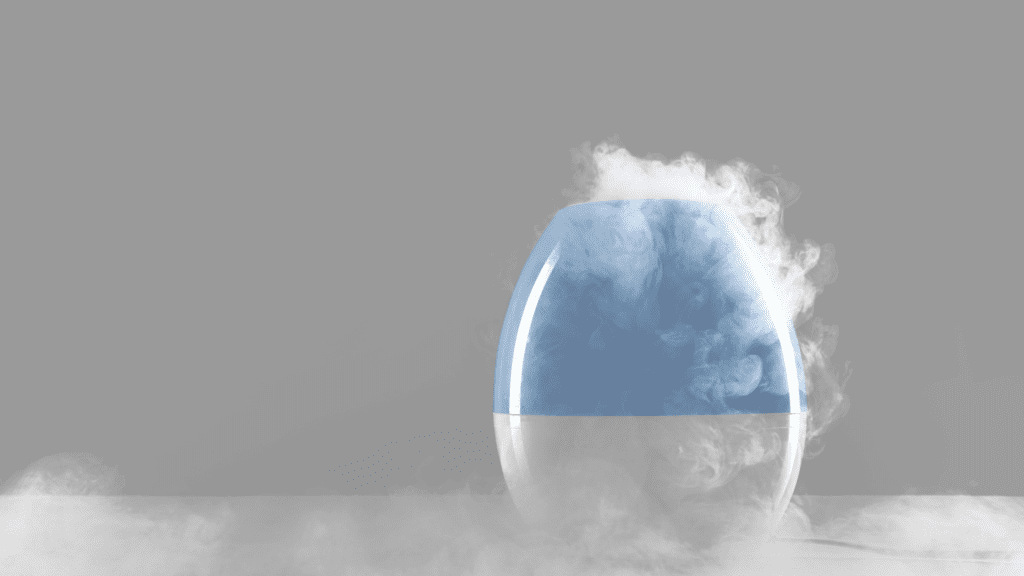
Failure of controller and internal parts
It is easy to find humidifiers with advanced features and technology in the current market. With the increase in technology, the problems with repairs also increase. Certain internal parts can be expensive to replace or even repair. In cases where the cost to repair sensitive parts is on the higher end, you can rather purchase a new humidifier.
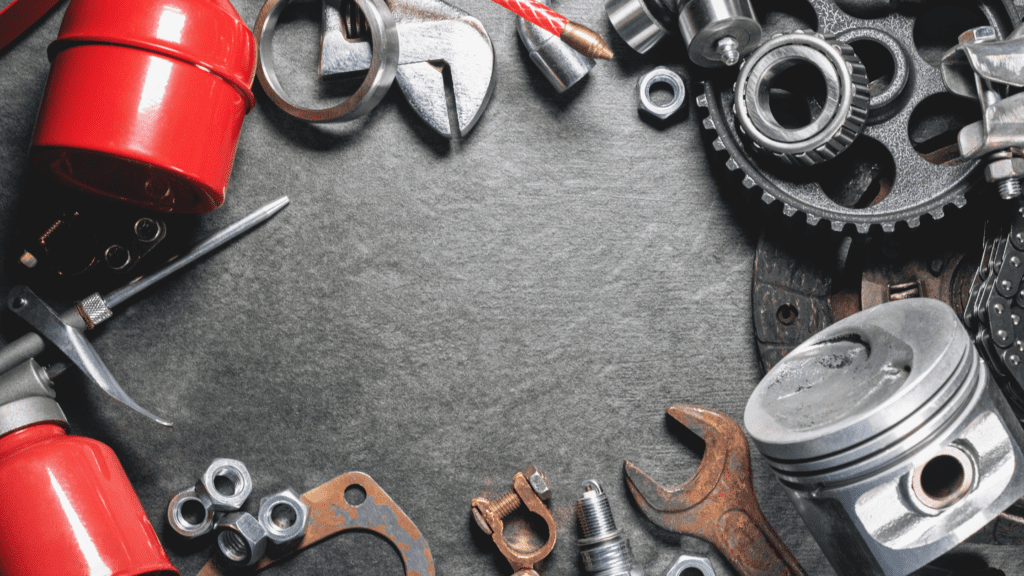
Age of the unit
With routine cleaning and maintenance, you can prolong the lifespan of humidifiers. However, it is unrealistic to expect humidifiers to last forever. If the humidifier has crossed 10 years it will exert strain on the humidifier and its performance. You can also notice that in 10 years the technology and parts used would have undergone immense transformation making it difficult to find replacement parts.
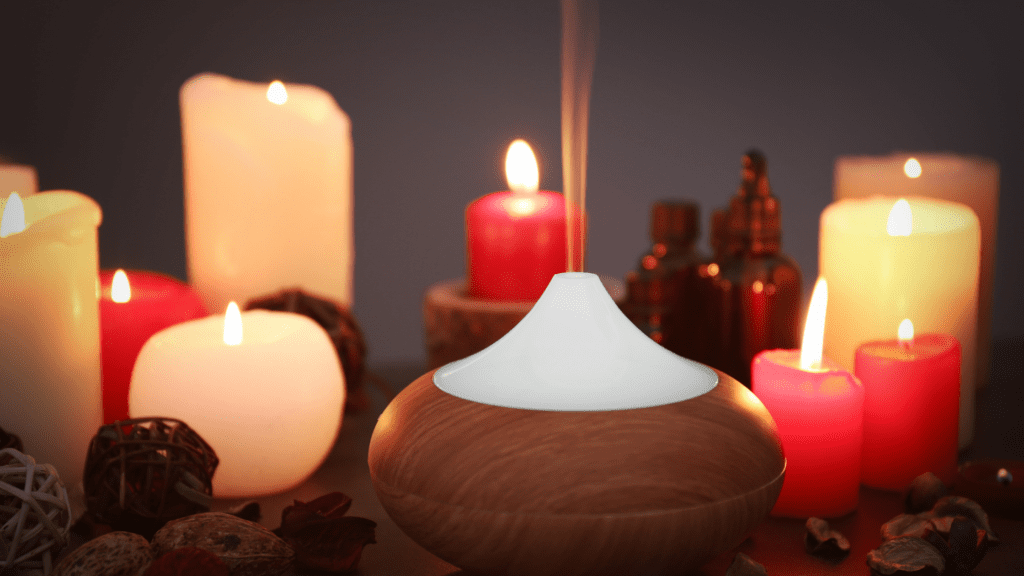
Best long lasting humidifier:
The best long-lasting humidifier available in the market to give your room seamless and perfect humidification is the Everlasting Comfort 50-Hour Ultrasonic Humidifier. The large 6L capacity of this humidifier is sufficient to add moisture to any area it is placed in for 6 nights or 50 hours without a refill.
The fully adjustable settings and multidirectional mist output are ideal for thorough humidification of all areas. The 360-degree nozzle makes it easy to aim the moisture in any direction of the room. The whisper-quiet operation of the humidifier makes this an ideal choice for bedrooms, nurseries, and workspaces.
The other special features that make Everlasting Comfort 50-Hour Ultrasonic Humidifier the perfect choice for your home are; Auto Shut Off when the water level in the tank is low, a separate tray to add essential oils for pleasant aromatherapy, a 2-year warranty program, dial to select mist levels with ease, etc.
Do the features of the Everlasting Comfort 50-Hour Ultrasonic Humidifier meet your expectations for the perfect humidifier for your home? Visit Amazon.com right away to bring home this unit at the best offer price.
Pros and Cons of Everlasting Comfort 50-Hour Ultrasonic Humidifier
- One of the best ultrasonic cool mist humidifiers on the market.
- Large 6L tank to hold water.
- Adequate capacity to humidify the area without refill for up to 6 nights.
- Whisper quiet operation for disturbance-free humidification. This makes this unit a suitable choice for nurseries, bedrooms, and workspaces.
- Equipped with user-friendly yet essential features like Auto Shut Off, 360-degree nozzle, fully adjustable settings, multidirectional mist output, separate tray to add essential oils, etc.
FAQ Section
1. Do humidifiers draw a lot of electricity?
The amount of energy your humidifier consumes will depend on the model. EPA reports that humidifiers consume 0.11 percent of all electricity consumed in U.S. households.
EPA also mentions that cool mist models draw more energy when compared to ultrasonic humidifiers. If energy efficiency is a priority in your home, you must make the purchase cautiously.
2. Is it better to run humidifier day or night?
Humidifiers can be operated day and night. The number of hours a humidifier can be operated should be determined by the humidity level that exists in the room. Adding excessive moisture to the air can become detrimental to property and health. Operate the humidifier as required to maintain the ideal humidity level in the space.
3. How do you know if your humidifier has mold?
You can identify mold growth in your humidifier by paying attention to certain signs and symptoms like musty odor, and visible mold growth on the unit, or on other surfaces in the surrounding area. If you find any member of the house falling sick with frequent cold or flu-like symptoms, it is time to check them for mold allergies and also the humidifier.
4. Should you use a humidifier in the winter?
The cold winter season certainly calls for help from humidifiers. Dry air from the furnace and the climate can make use of a humidifier to add the required moisture. The dry air can extract moisture from the surroundings and from you as well.
Cold winters often lead to dry skin, dry throat, dry nasal passages, etc. Using humidifiers for this scenario can be of help to tackle the symptoms.
5. What is humidifier lung?
Humidifier fever or humidifier lung is caused by inhaling air that is contaminated by microorganisms or allergens coming from humidified air out of the unit. This can cause acute lung disease involving fever, cough, and dyspnea.
Wrapping Up
With this, we have reached the end of the article. We trust we could help you understand how long a humidifier lasts, the signs that indicate your unit needs replacement, and the ways in which you can prolong its lifespan with routine cleaning. Share with us in the comments below which humidifiers are your favorite and how long they have lasted for your home!

About The Author
Olivia — a self-confessed air quality addict — is a home climate enthusiast, fresh air advocate, and someone with deep personal experience and knowledge about mold extermination. Her work was mentioned in countless notable humidity publications. Previously she was an editor at Mold Remediation.
